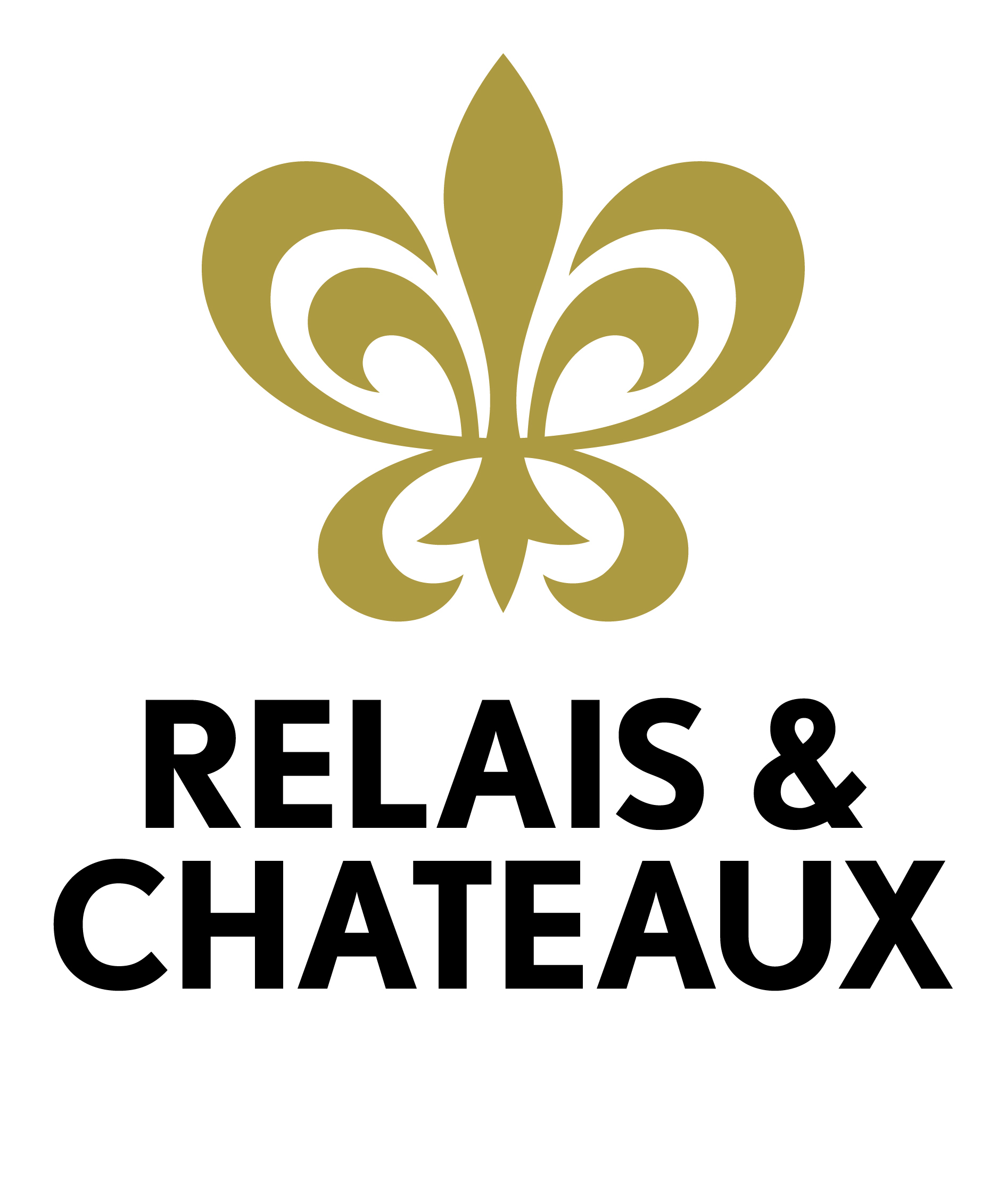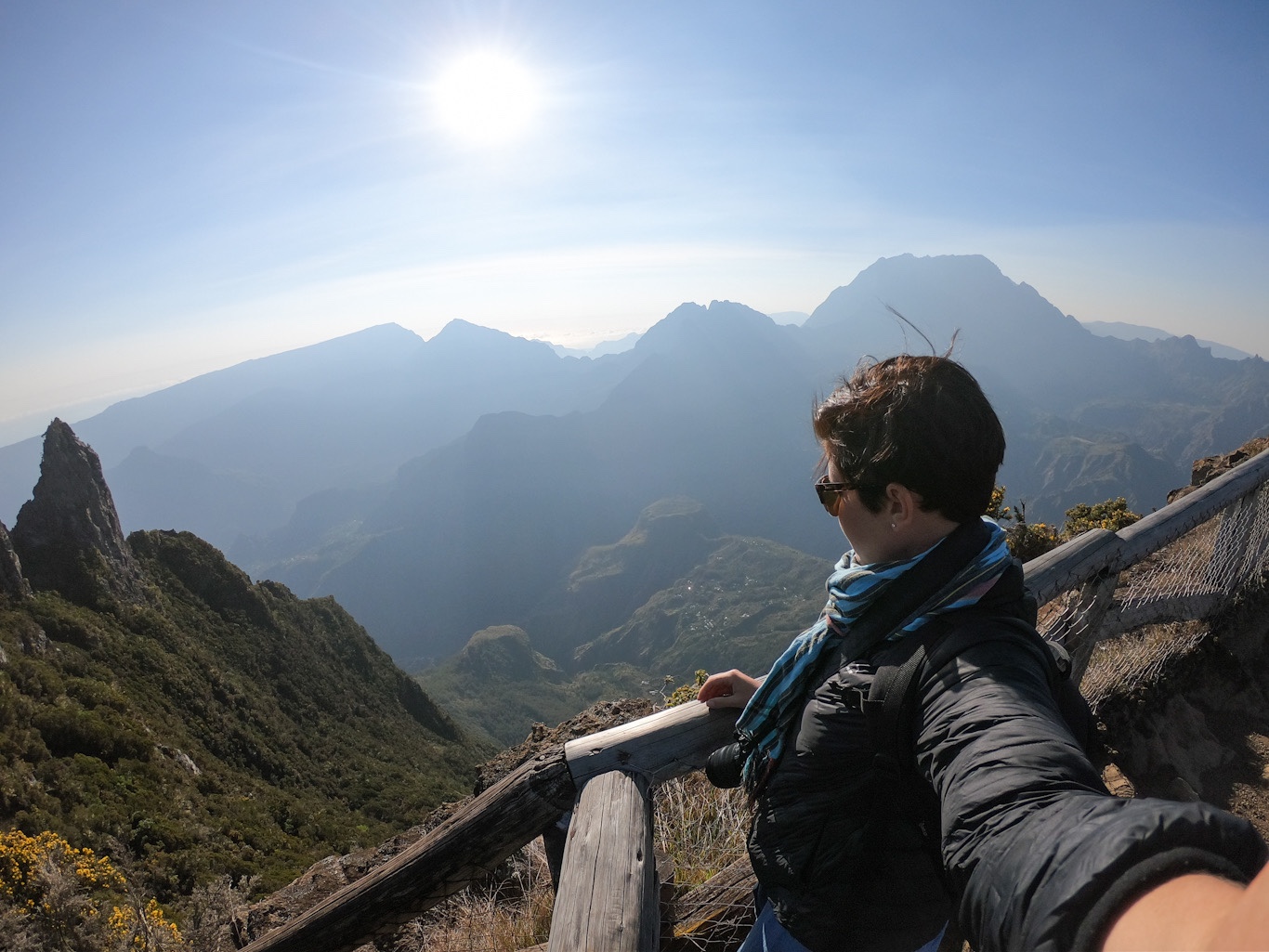Tales To Write Home About
“To those who are enthralled by mountains their wonder is beyond all dispute. To those who are not, their allure is a kind of madness. What is this strange force that drives us upwards? This silent song of the summit…” – Mountain, Documentary on Netflix
All the mountains I had ever explored before had started with an ascent, a path leading up, up, up. But that day, standing on the rim of Cirque de Mafate, on Réunion Island, looking into a great crater below, our first steps would lead down. Down a steep and intimidating decline.
For those enticed by the some 1000 kilometres of hiking trail on Réunion, the immense volcanic amphitheatre of Mafate is perhaps the pinnacle of a hiker’s visit. We stood on a cliff knitted with plants clinging to rocks, looking over an expanse that felt much more like Machu Picchu or the Himalayas. On and on the range of peaks went.
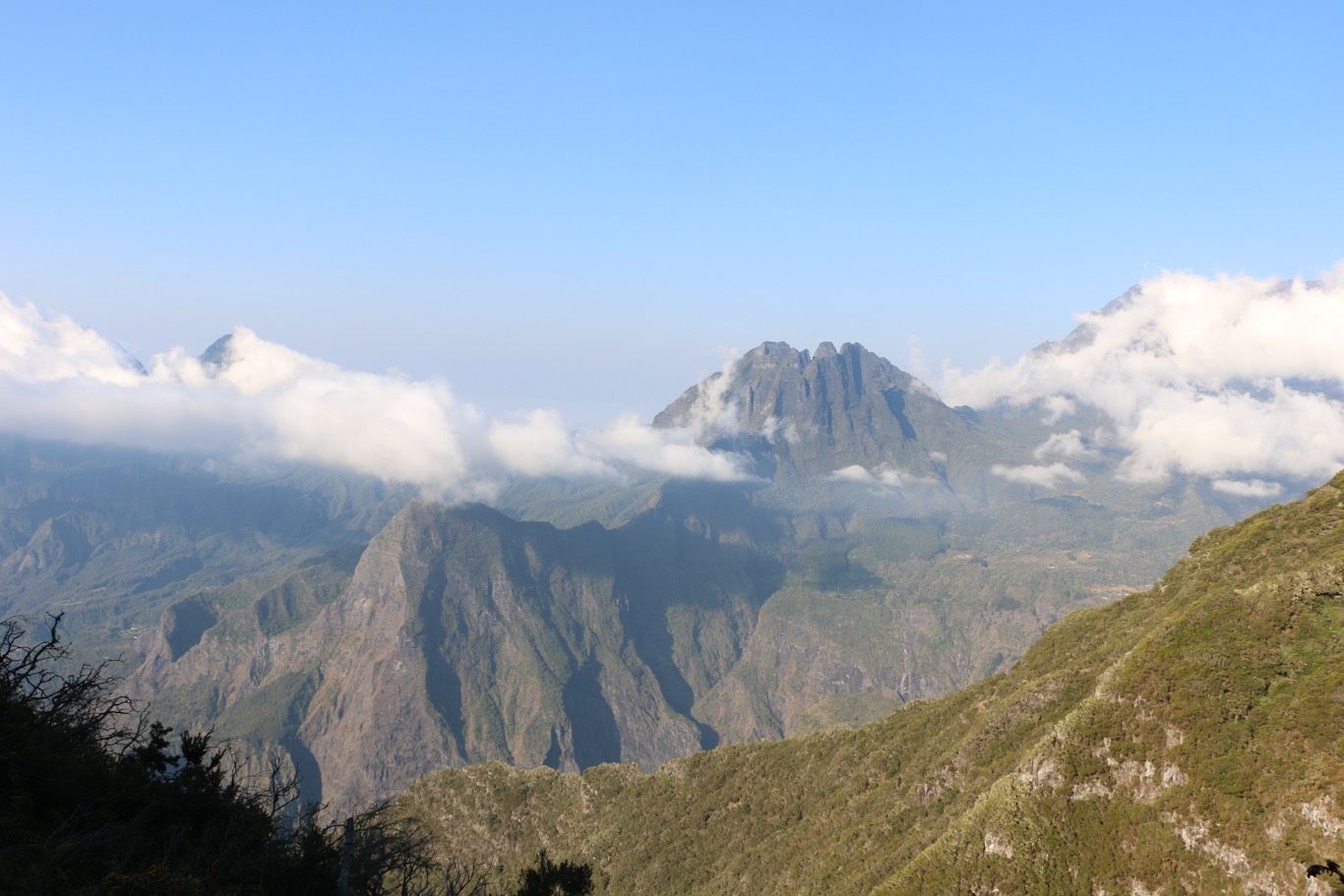
Mafate was formed when the magma chamber of Piton des Neiges, a massive 3,069 metre shield volcano, collapsed around three million years ago. No roads big enough for vehicles lead to it, only the steep winding footpath.
The villagers living down in the lush volcanic crater have lived there for generations. No new people are allowed to take up residence there and many of the ones that already do, hardly leave. They grow much of what they need in their gardens and what they can’t grow is flown in, for a price, by helicopter.
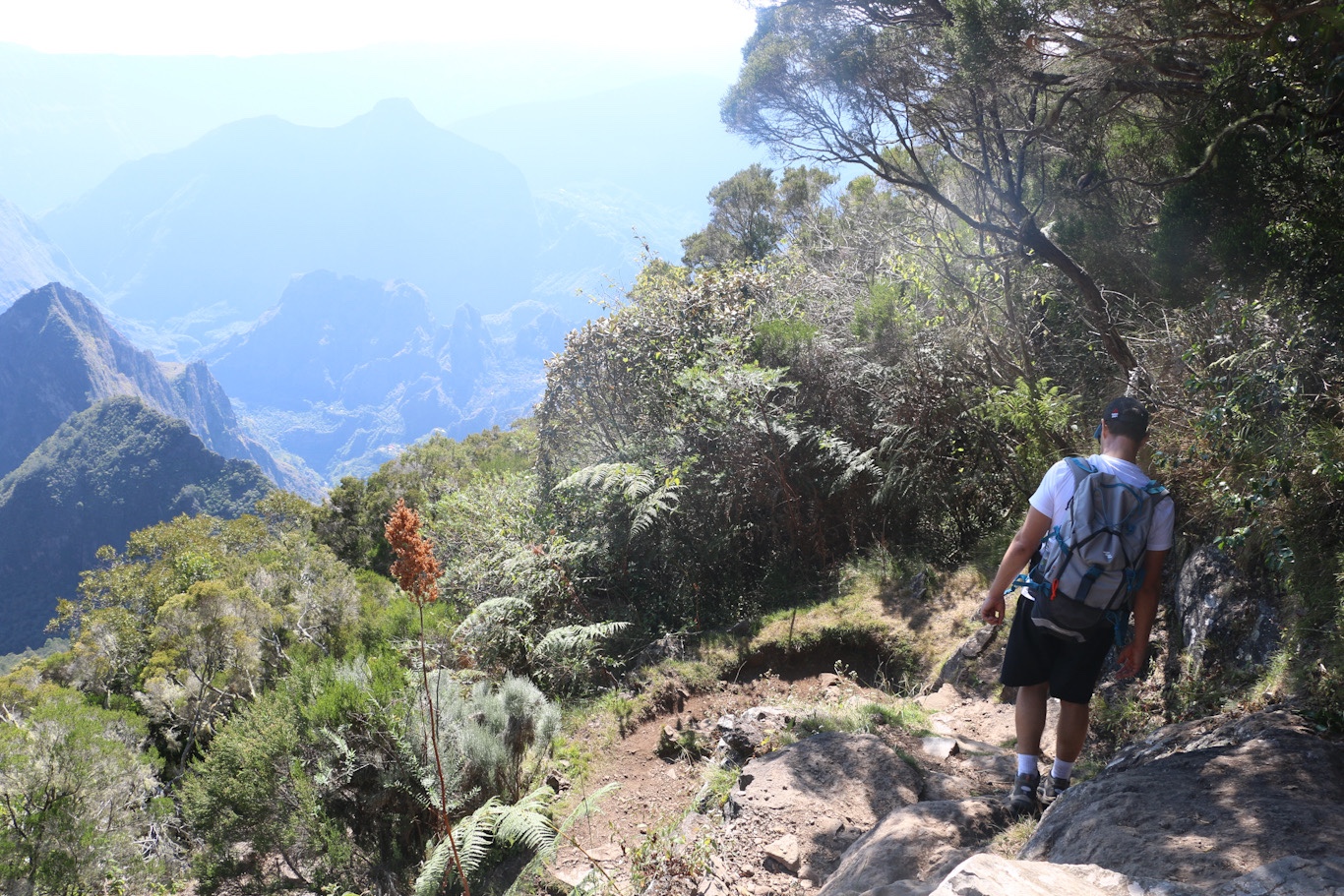
We watched one helicopter descending marvelously into the cirque, wondering if we might catch a ride. Down on terrafirma, the chopper set a giant bag of supplies down on a wooden surface between the sprinkling of houses. One of the villagers would retrieve the goods and the helicopter would fly back to town, Frédéric, my hiking guide and Maître de Maison at Blue Margouillat told me.
Many years ago, it was a local postman who would make these deliveries, walking the entire path on foot, back and forth. Other service providers (doctors, police officers, teachers or foresters) have to follow the same road, unless they wangle a helicopter ride.
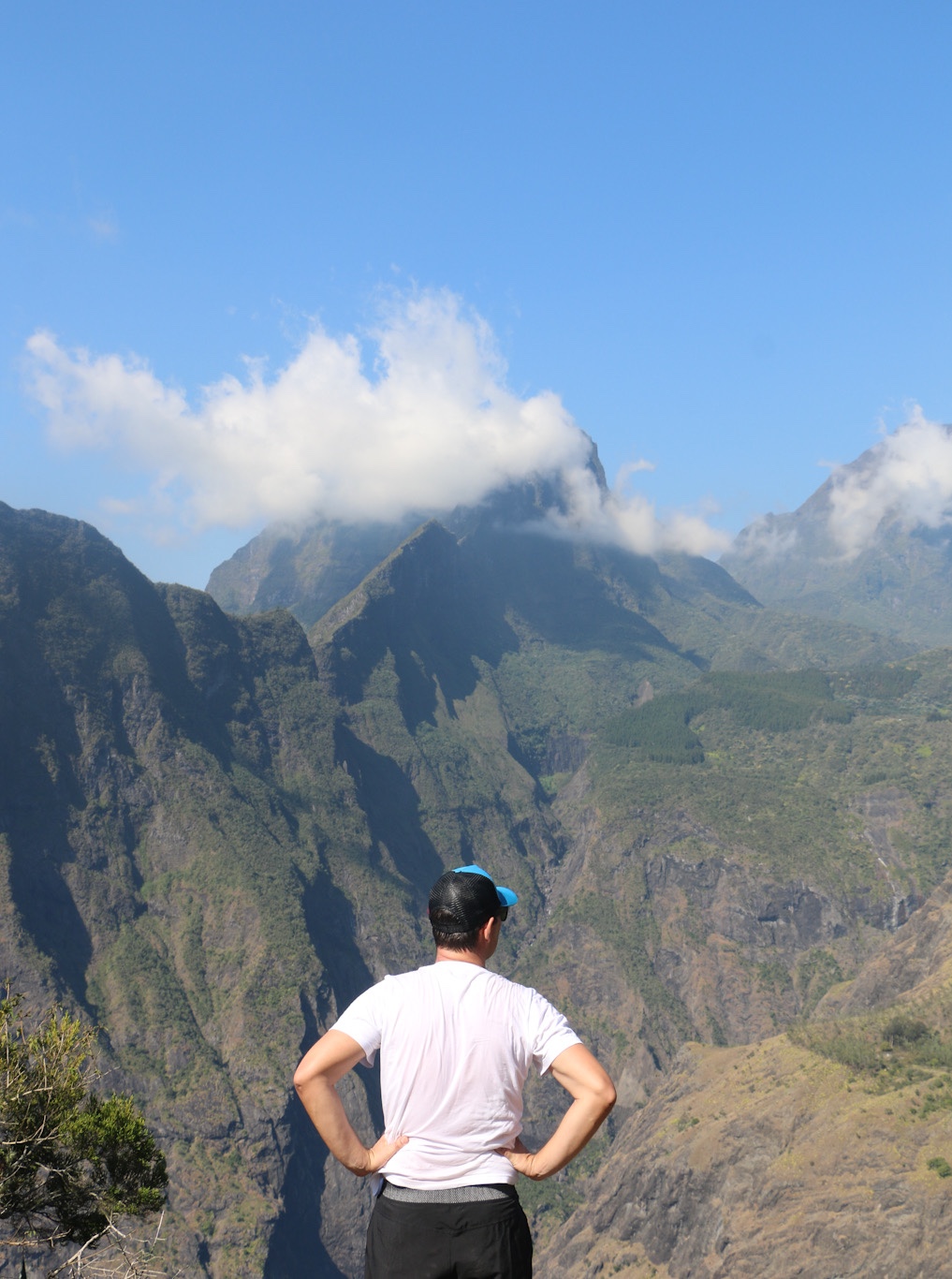
According to the Bradt Guide, the name ‘Mafate’ comes from a Malagasy sorcerer and runaway slave named Mafaty (meaning ‘dangerous one’). Mafaty lived at the foot of Le Bronchard in the cirque and was eventually captured in 1751 by a bounty hunter. Considering its name’s origins, you’ll understand that Mafate is not a simple stroll. Together with Réunion’s two other cirques and its pitons and ramparts, Mafate forms part of a UNESCO World Heritage Site, one of the world’s great natural marvels.
The first settlers arrived here in the 18th century, according to Africa Geographic. Today, roughly 800 inhabitants (called Mafatais) live in tin-roofed mountain cabins (gîtes) in the handful of villages (îlets, from the French, îlots, meaning ‘islands of greenery’). There is no electricity or water grid in the valley.
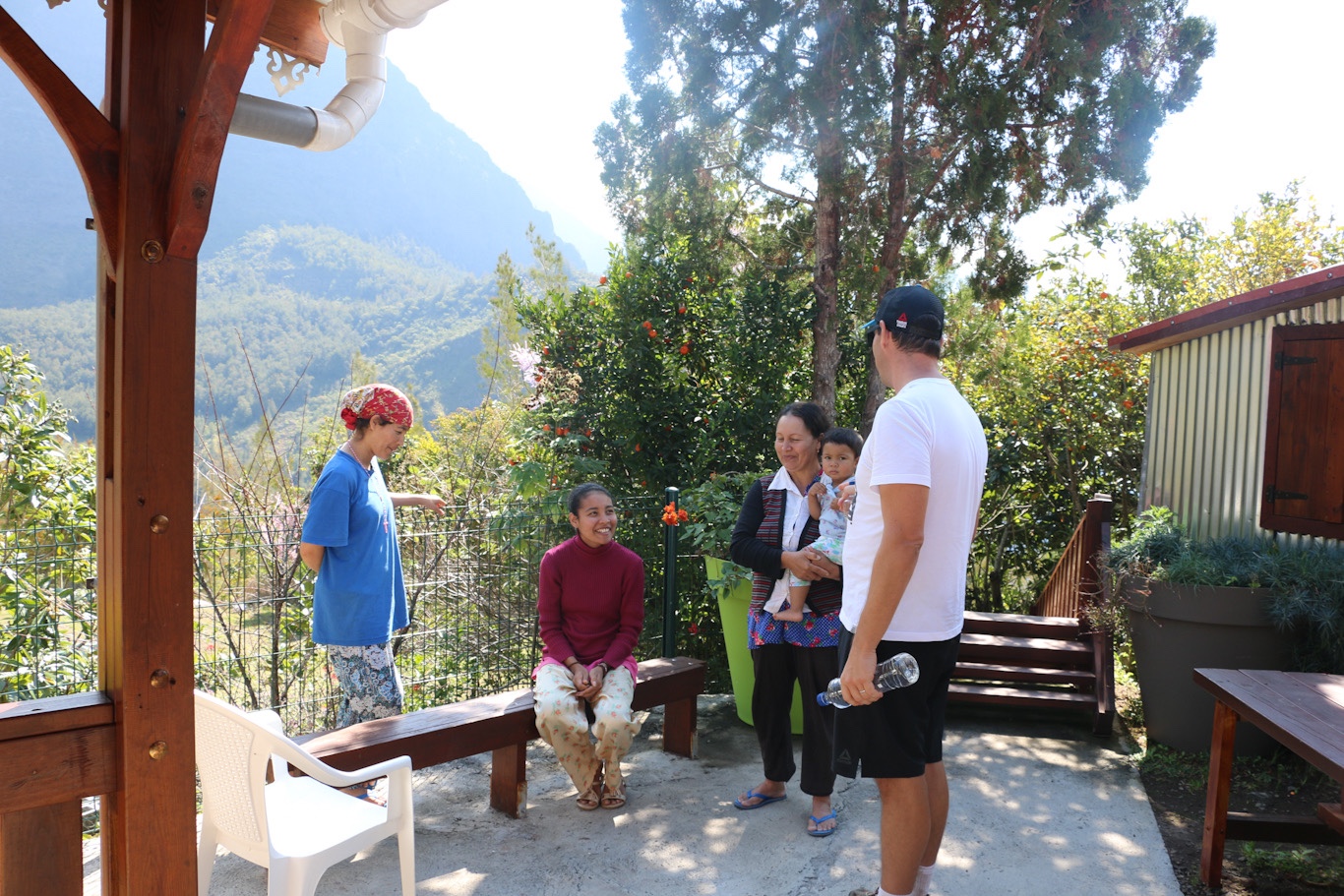
Down we hiked, deep into the green volcanic crater, to a small village called Roche Plate (1110 metres away) – our path leading us in baking sunshine, under the shade of trees, beside steep drops, along running streams, and then to a village lit up with colourful flowers and colourful roofs, and signposts leading us to the home of one local family.
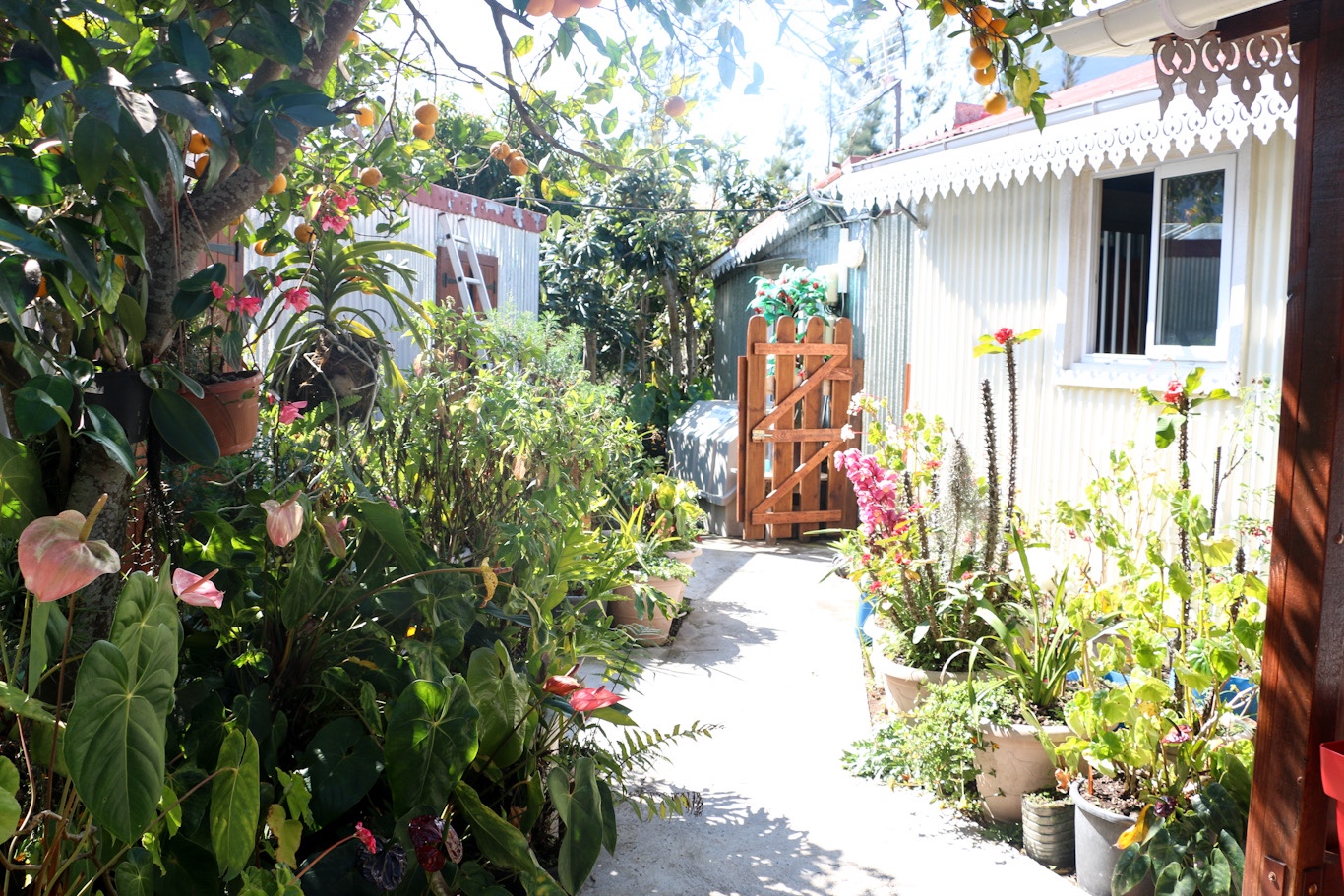
Many hikers choose to stay over in the gîtes, where locals rent out their homes as accommodation and provide warm meals, before continuing along the hiking trail. We stopped for lunch. Three women, across three generations, took us in and sat outside with us, under the shade of an orange tree, looking up at the great cliff we had just descended. A baby hardly able to walk yet strutted up close to inspect the outsiders. It felt like a land removed from the maps of the world. Here, people lived by mountain time and mountain rules.
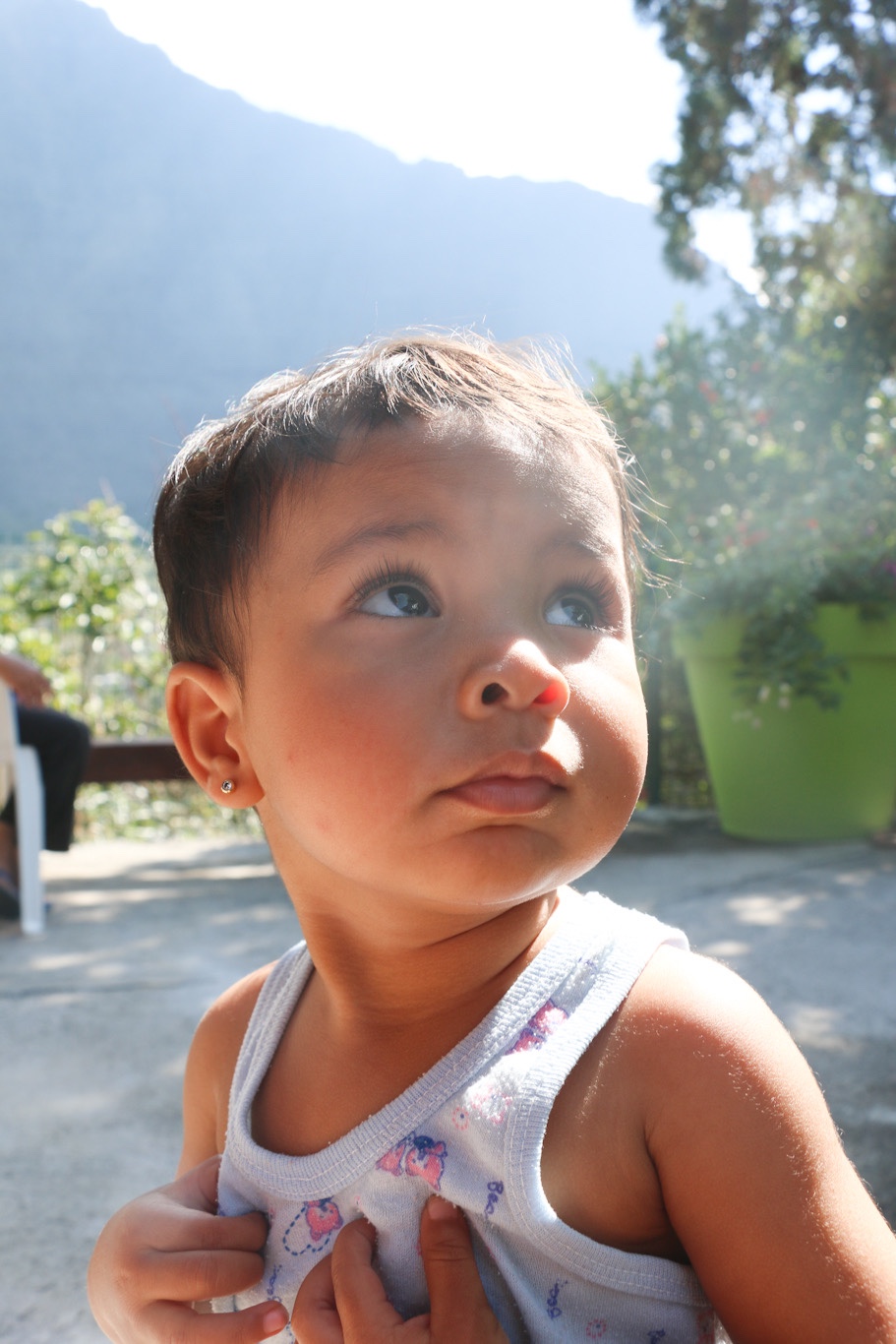
The peace of living in such a remote, natural area, by far the most remote I have visited, was visible across the faces of our hosts, in their soft demeanours and kind smiles. A life of agriculture and recently hospitality, in a great extinct volcanic crater, in the middle of the Indian Ocean. It was remarkable.
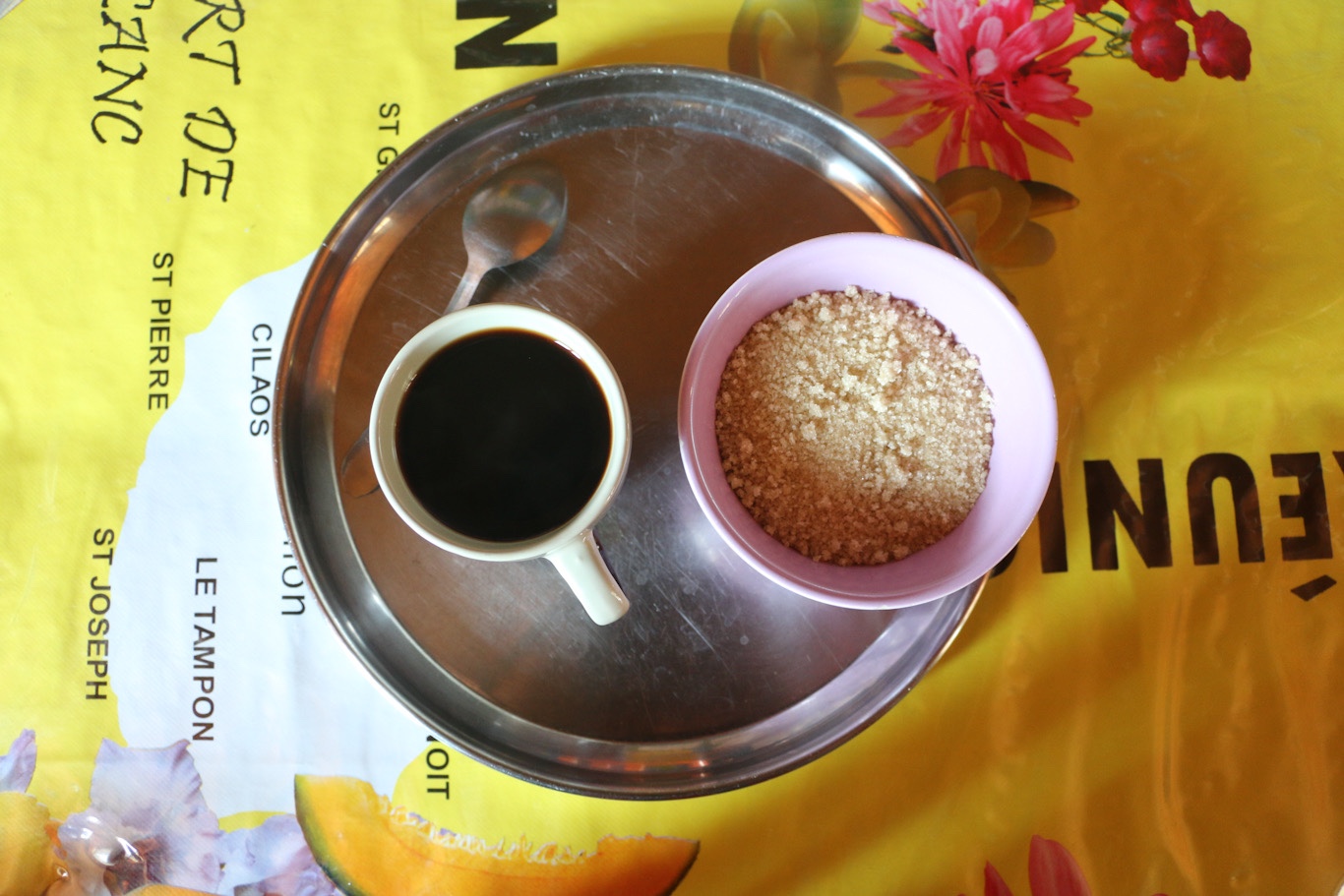
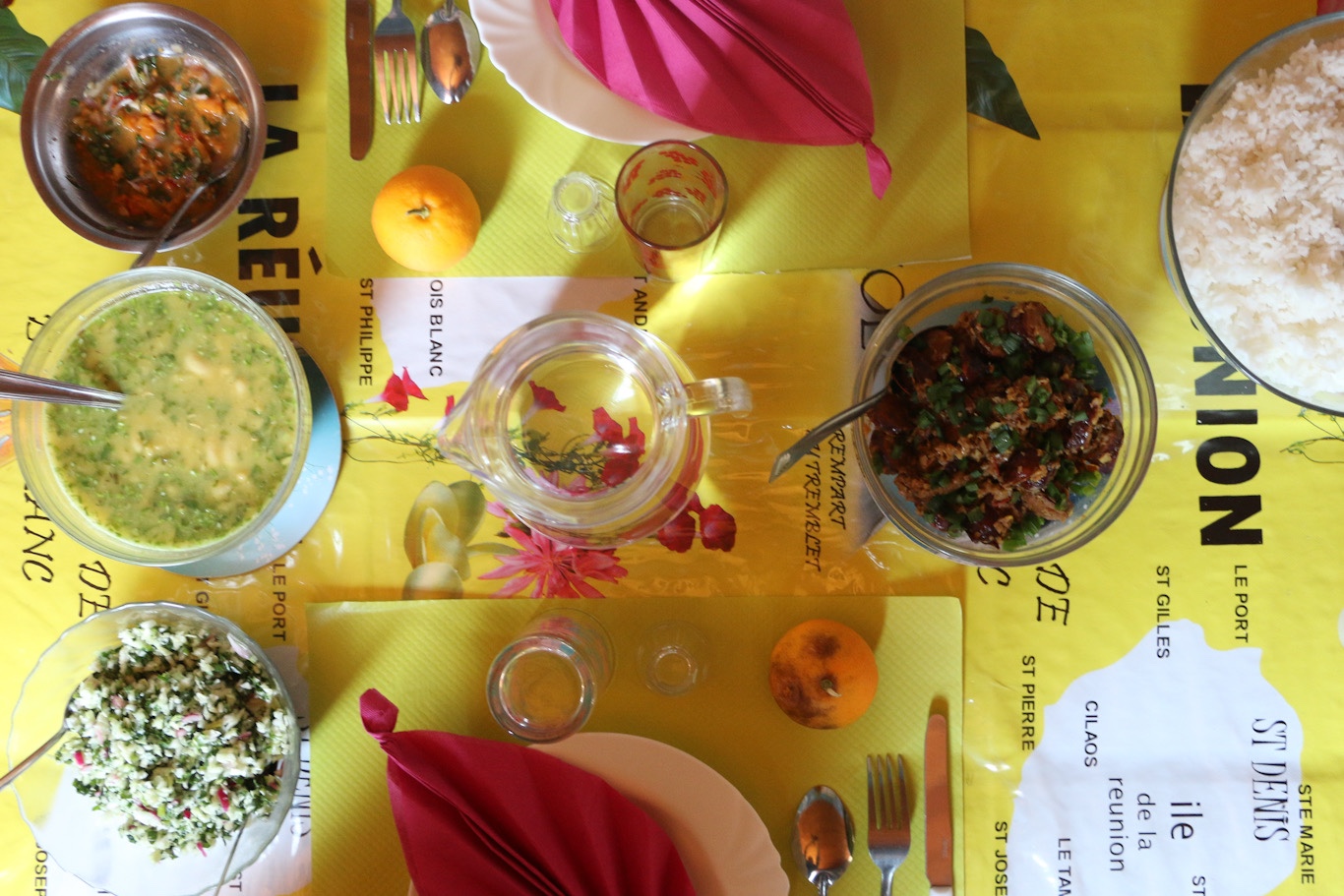
After lunch, the sun much hotter and our legs less willing to keep the same pace as before, we missioned back up the mountainside, the ascent I was used to beginning hikes with. But our minds were renewed. We had looked a great natural marvel in the eye, witnessed a way of life usually hidden from our view, and felt the stillness of isolation. What a life lived like this must be like, we couldn’t help but ponder all the way back up the rocks, in air so fresh and clear our lungs felt like a child’s at the seaside.
This was the allure of mountains, this was the strange force that drove us, this was the silent song of the summit (or col, in the case of Mafate).
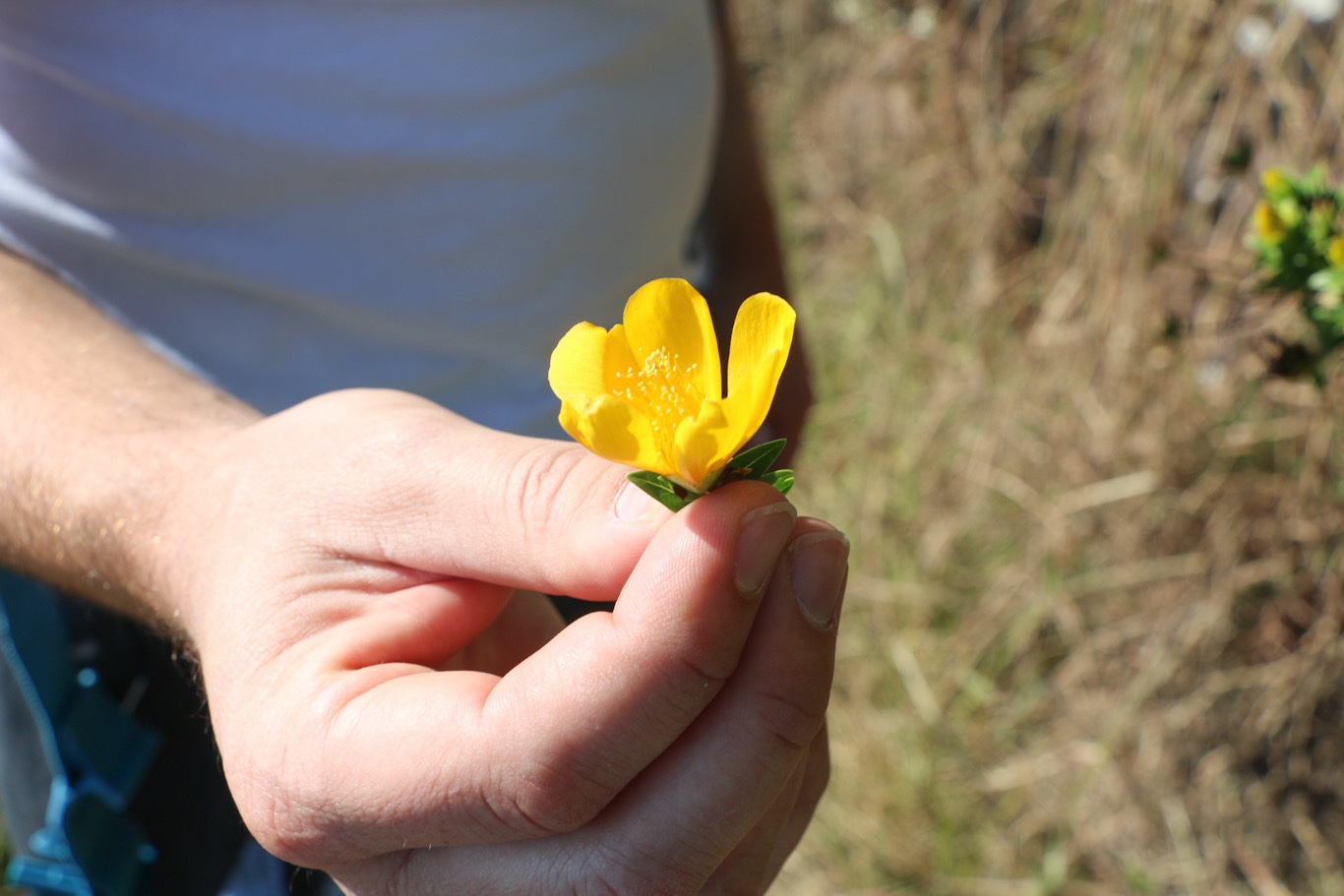
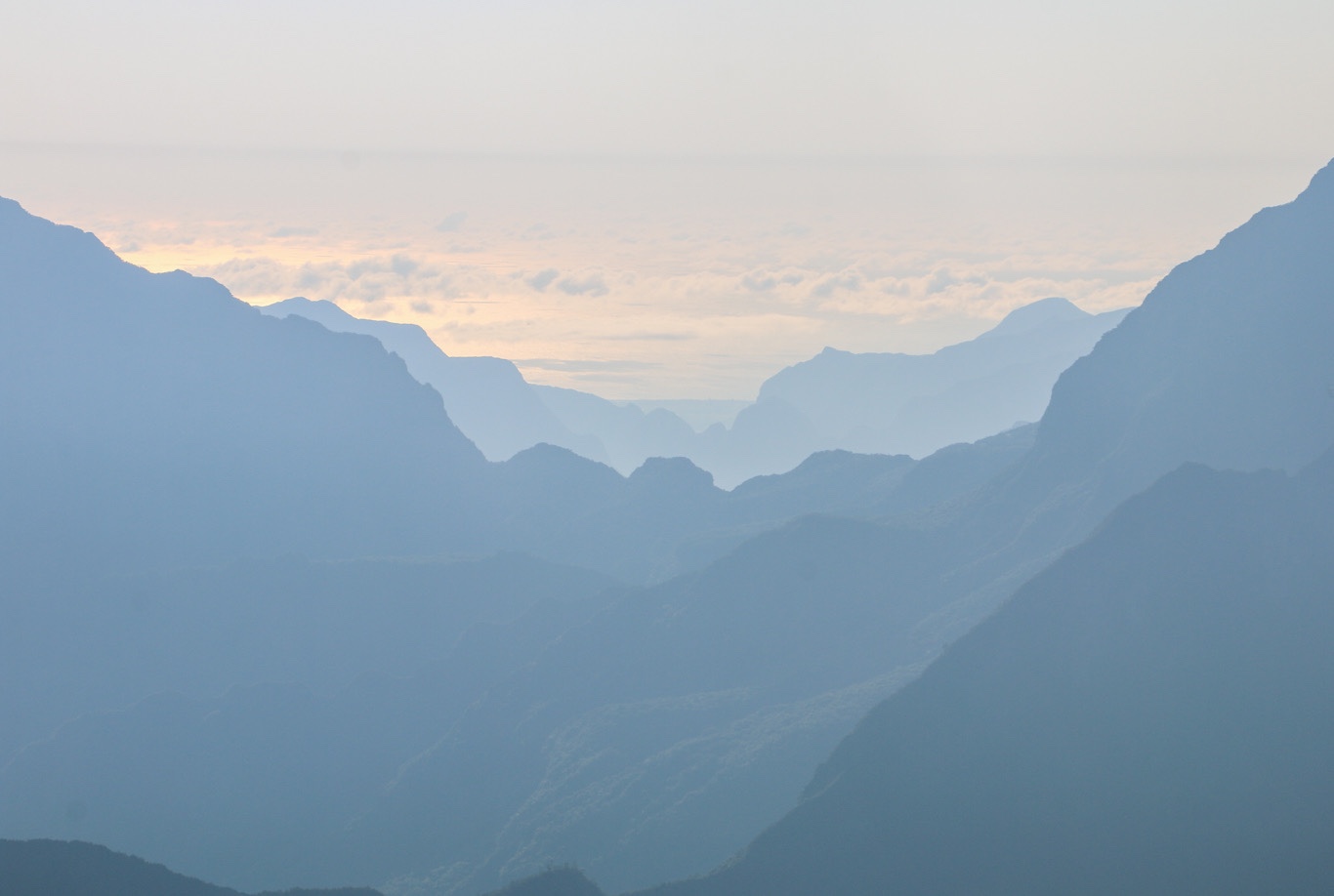

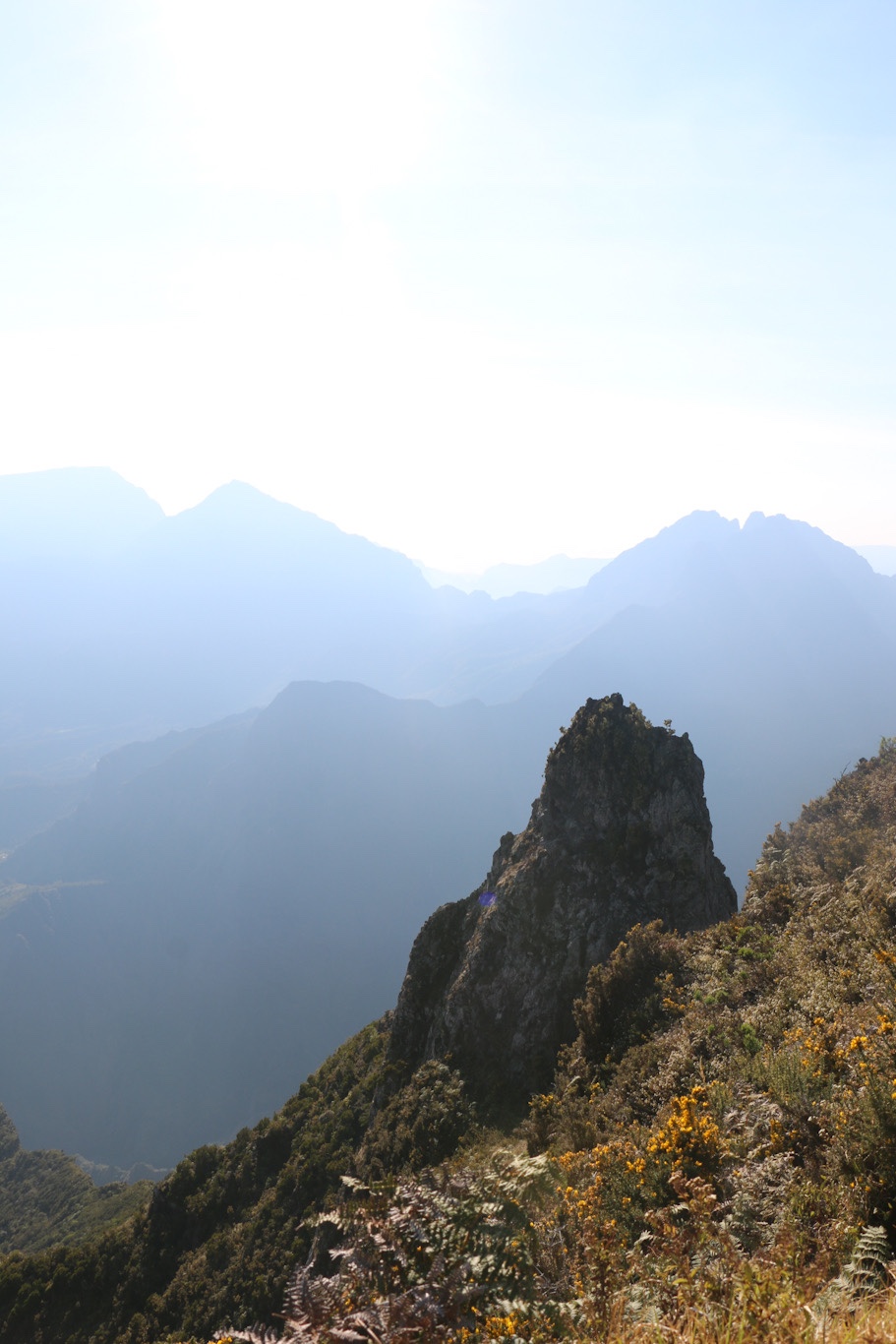
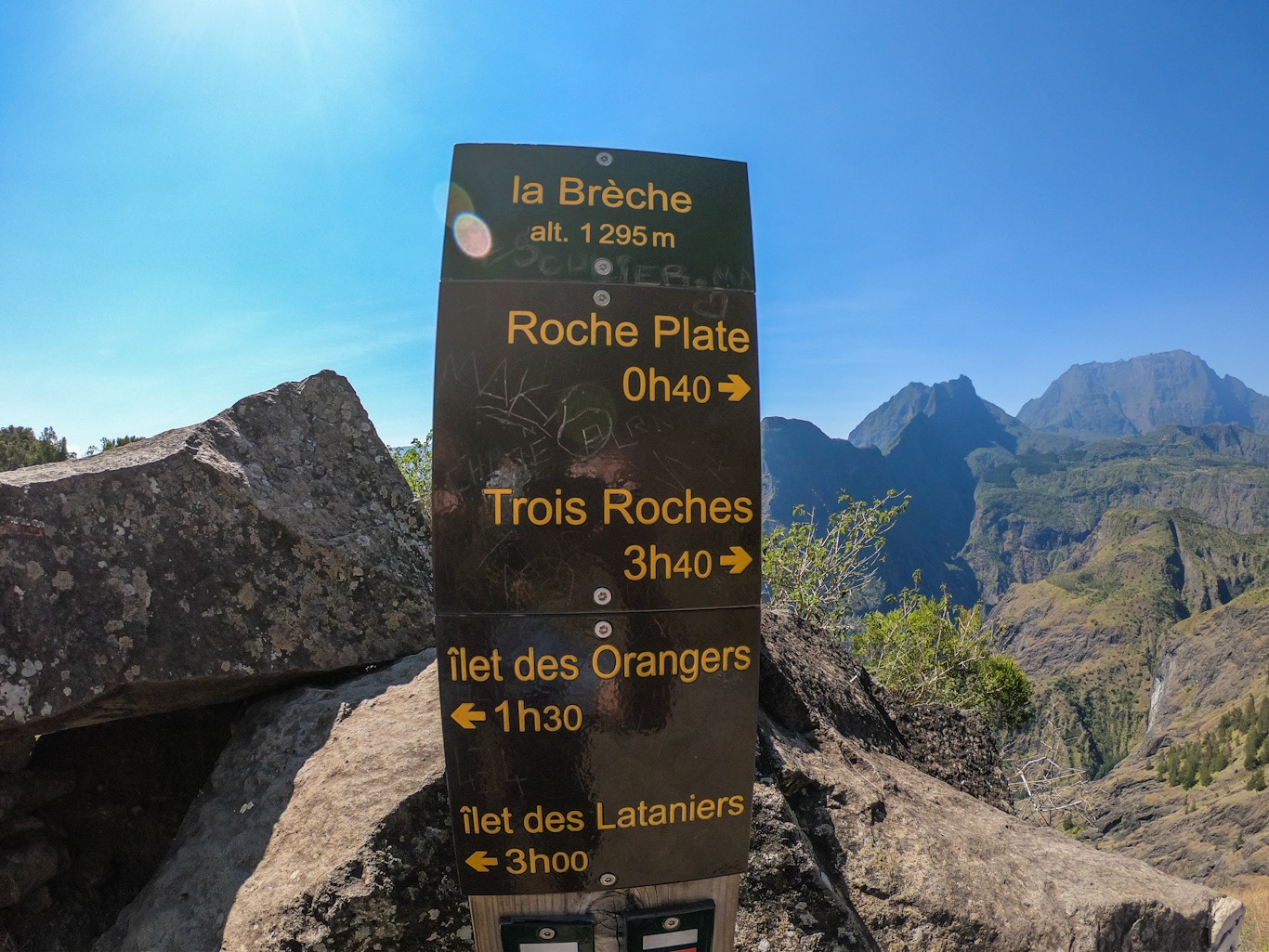
Visit Blue Margouillat and explore Réunion for yourself here >
Read more in our blog, Baguettes & Waterfalls in the Mountains of Reunion
